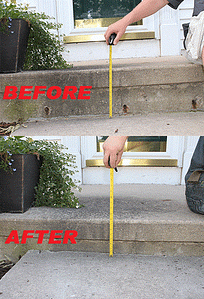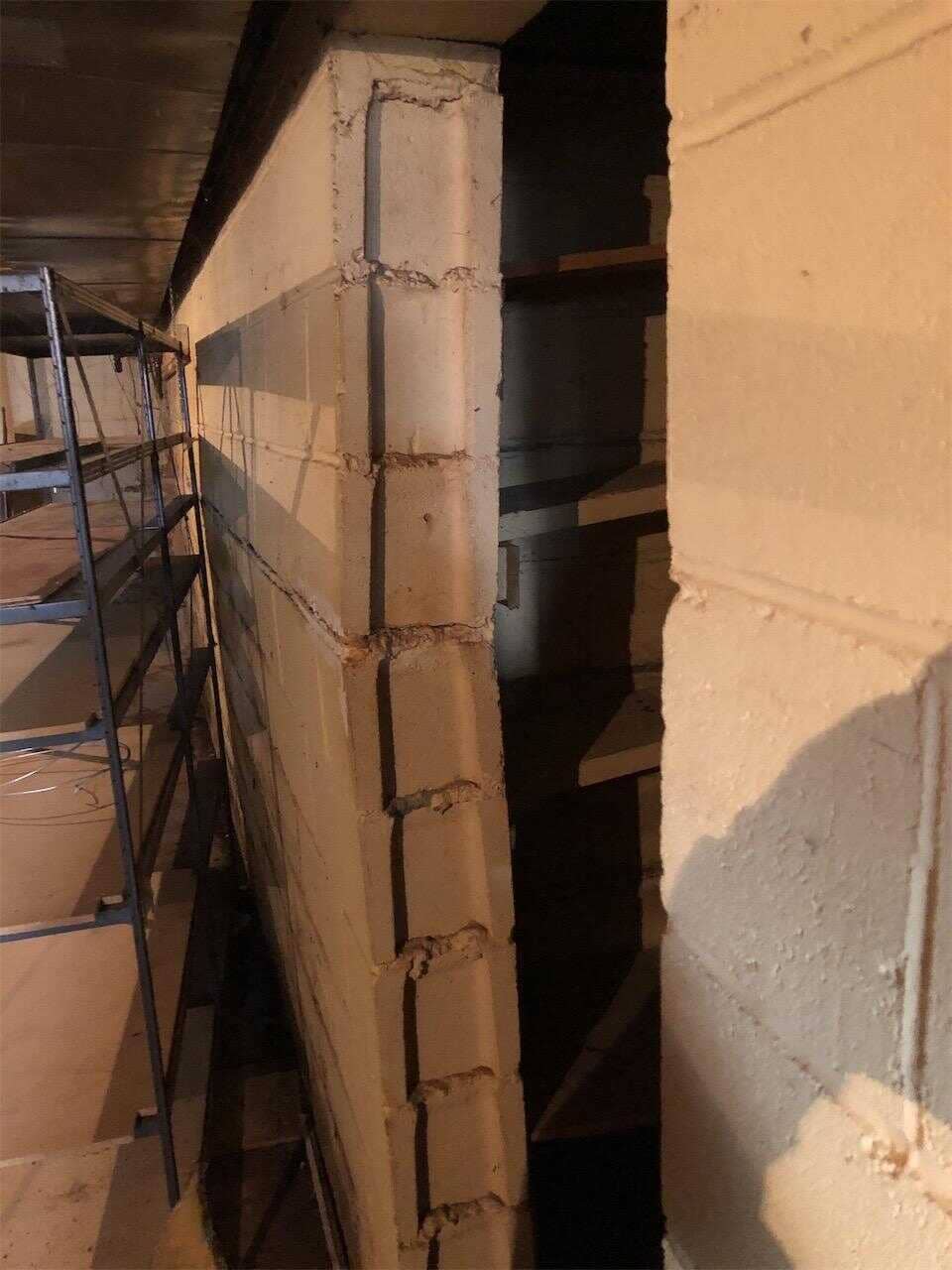Best Basement Waterproofing - The Facts
Best Basement Waterproofing - The Facts
Blog Article
Best Basement Waterproofing Fundamentals Explained
Table of ContentsGet This Report on Best Basement WaterproofingMore About Best Basement Waterproofing10 Easy Facts About Best Basement Waterproofing ExplainedBest Basement Waterproofing - The FactsThe smart Trick of Best Basement Waterproofing That Nobody is Discussing
uses excavation methods towards the bottom of the framework's structure. involves eliminating dampness after it has gone into the basement. AdvantaClean's qualified specialists and professionals will situate the water resource. If wall or piece cracks exist, we will inject polyurethane and epoxies right into the fractures and seal the compromise, stopping additional dampness from getting in.Proper grading around the home to direct moisture away from the structure. Installing, fixing, or cleansing rain gutters and downspouts. Inside or outside waterproofing with filler, sealer, and/or water resistant paint. Setting up cellar air flow systems, conditioning systems, or basement dehumidifier systems to get water out of your basement. Selecting AdvantaClean's basement waterproofing services is an effective way to deal with dampness and protect against mold and mildew from endangering the framework of your home and the health and wellness of your household.
If there's condensation on the outside of the foil, you have high moisture in your basement. If the foil has condensation on the within surface (next to the wall surface), the dirt around your home might be naturally damp from a high water table or inadequate soil drain.
You can waterproof simply your indoor walls, which might solve the issue. Once they dry out, they adhere completely to concrete and stonework wall surfaces.
The 9-Minute Rule for Best Basement Waterproofing
Concrete waterproof coverings can't be applied to formerly repainted surfaces; inspect the tag. Recognized as densifiers, they are appropriate only for walls that have not been painted or secured.
Yet you comb, roll, or spray it on far more thickly one gallon covers just 75 square feet, not the 300 square feet regular with standard paint. Water-proof paint is great for do it yourself application. You can use it over painted surfaces, and paint over it once it's healed (one gallon prices $37).
It can cost $10,000 to $15,000, depending on the job needed (Best Basement Waterproofing). Outside waterproofing includes excavating all around the house to the complete depth of the structure wall surfaces, then mounting a water resistant finishing or membrane covered by water drainage panels.
Examine This Report about Best Basement Waterproofing
A cellar without waterproofing is kind of like that. Your cellar does not want to go via a downpour without appropriate security just as much as you don't want to.

Exterior waterproofing is a waterproofing technique that includes securing your home from the outside. It's kind of like a moat around a castle. It involves digging a trench around your whole house to the structure (regarding 8 to 10 feet down). The foundation walls are then cleansed, secured, and covered with a water resistant membrane layer or sealer.

The Greatest Guide To Best Basement Waterproofing
It's a more engaged process that requires excavating up your lawn, which is expensive and taxing. Outside waterproofing involves removing every little thing surrounding your house, consisting of patios, driveways, pathways, landscape design, air conditioning devices, decks, and more. If any of the job was done improperly and water is still entering your cellar, there isn't much you can do to remedy or fix it.
Interior cellar waterproofing includes waterproofing from the within. Any water that leaks into your cellar is rerouted prior to it touches your flooring.
It's an effective approach to waterproof your cellar. The downside of indoor basement waterproofing mostly pertains to the installation process. This approach requires stored items, furnishings, and integrated shelving or closets to be moved from touching the basement walls. And during setup, your cellar can not be used. The largest difference in between the 2 techniques discover this info here is this: Outside waterproofing is a preventative solution and indoor waterproofing is a restorative option.
Facts About Best Basement Waterproofing Uncovered
To conclude, outside and indoor cellar waterproofing are both reliable techniques of safeguarding your home from water damage. Exterior waterproofing creates an obstacle that stops water from entering your home, while indoor waterproofing reroutes water that does enter your home. And it is very Homepage important to note that outside waterproofing is an expensive and turbulent installment process when contrasted to interior waterproofing.
Whichever approach you select, make certain you select a reliable and reliable professional for the work. If you have any type of questions concerning basement waterproofing, please reach out to us.
You can submit our form right here. Best Basement Waterproofing, begin a conversation in the bottom right-hand edge, More hints or call us at 1-800-827-0702
Report this page